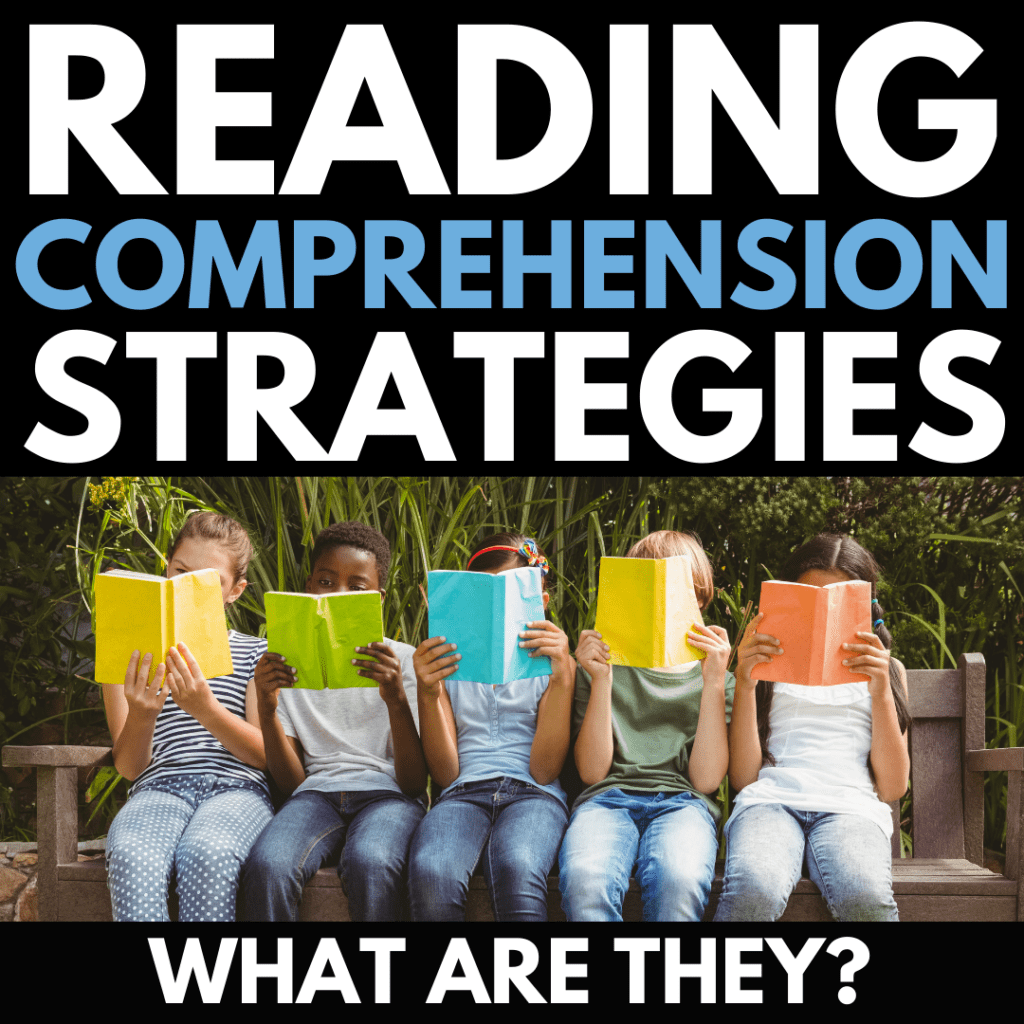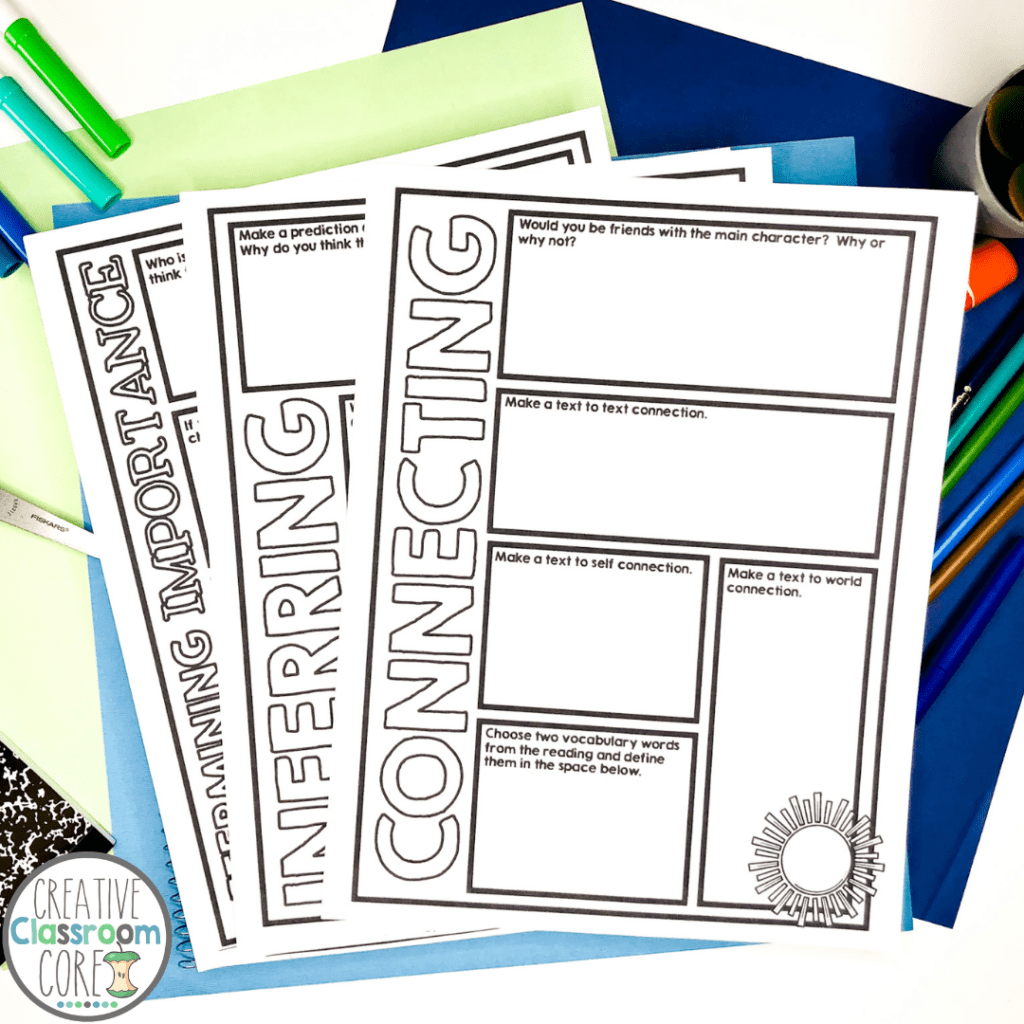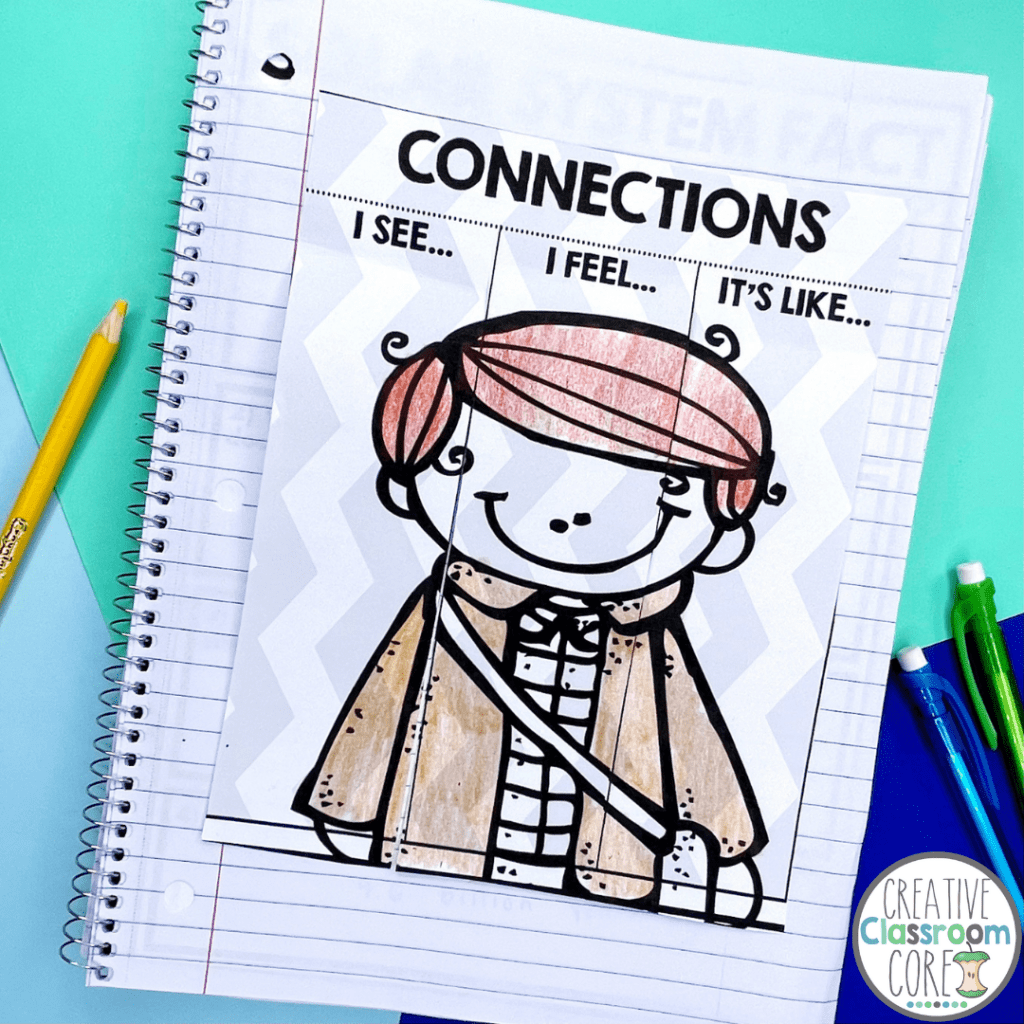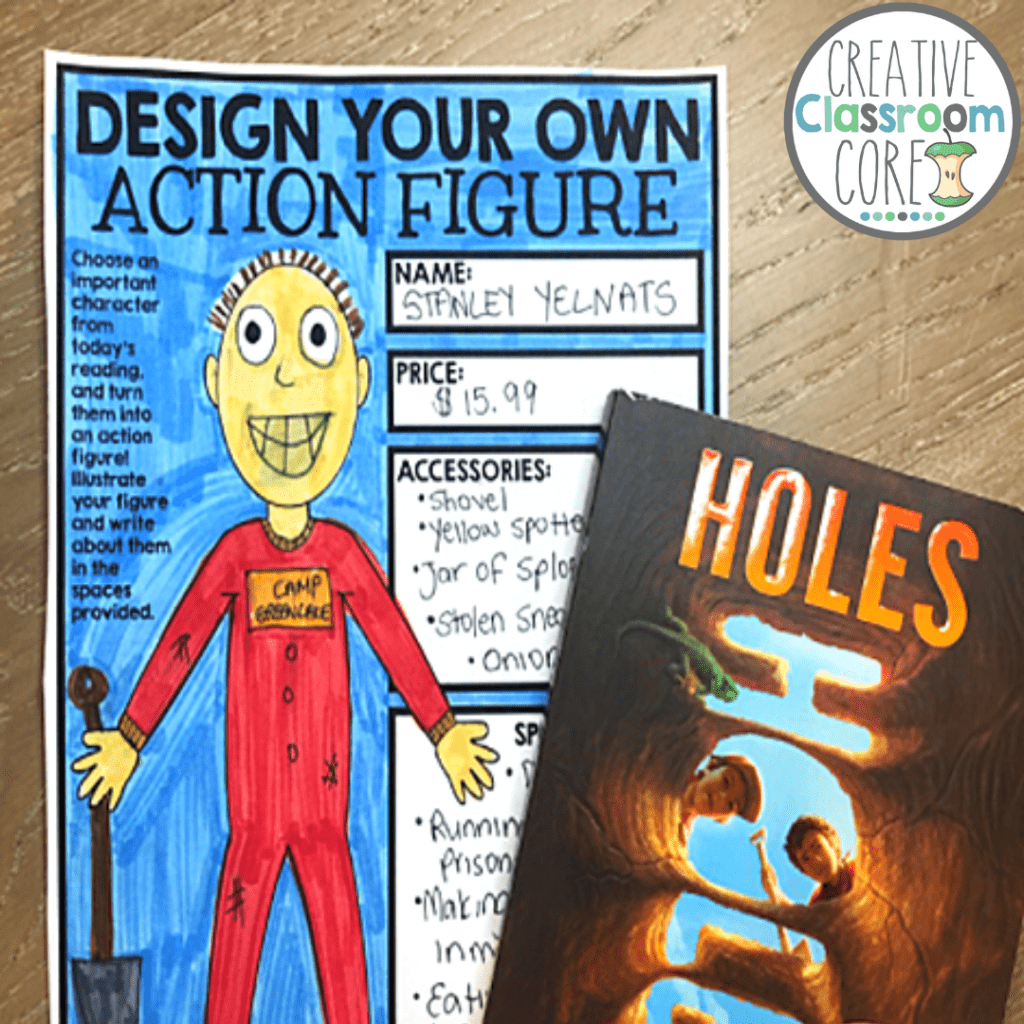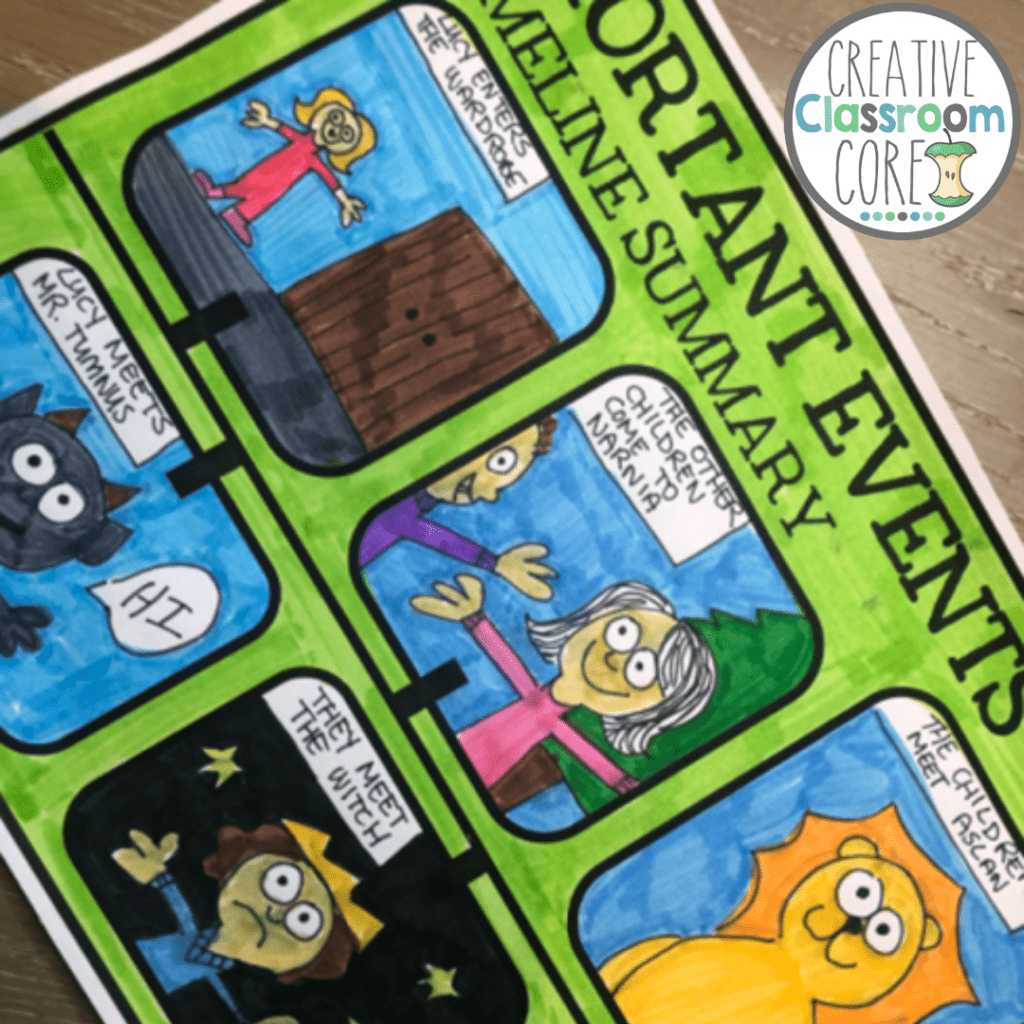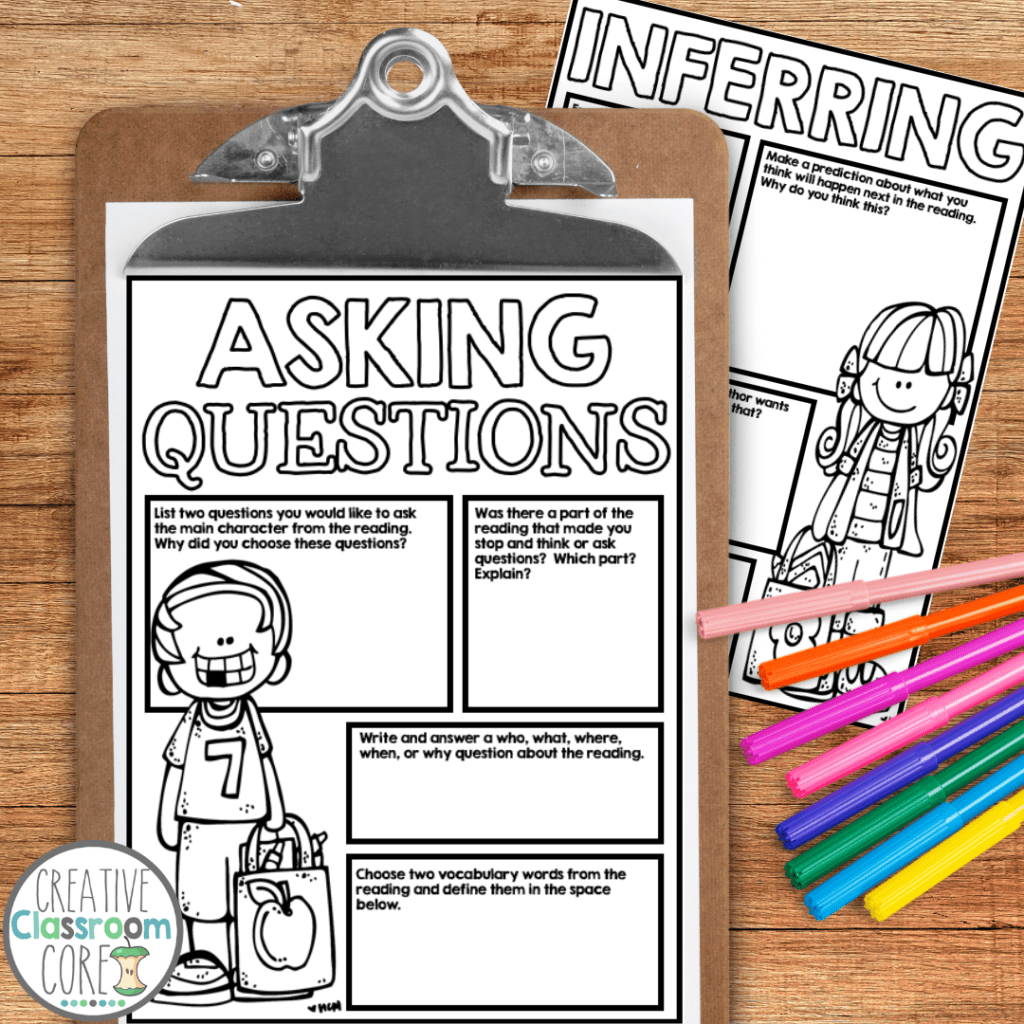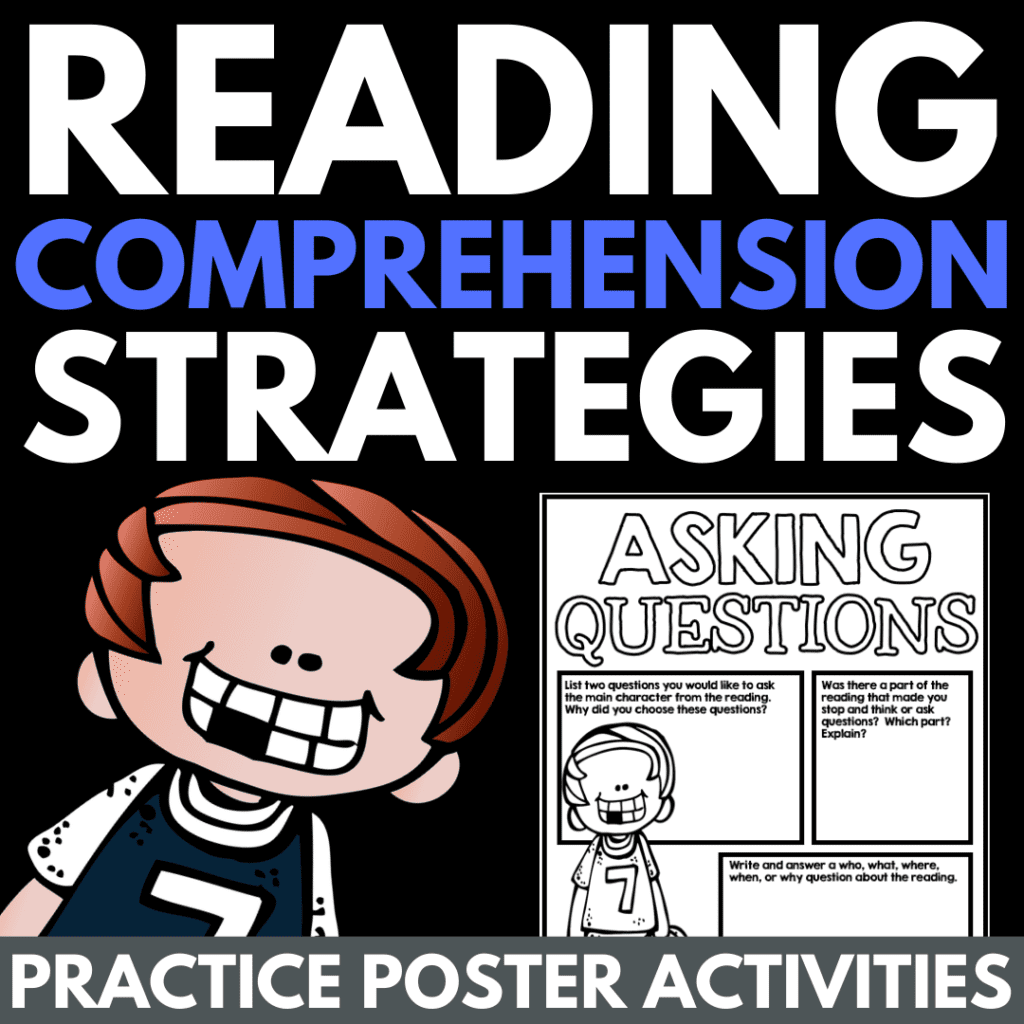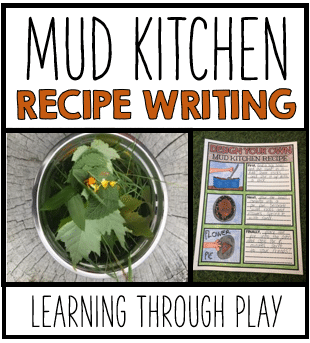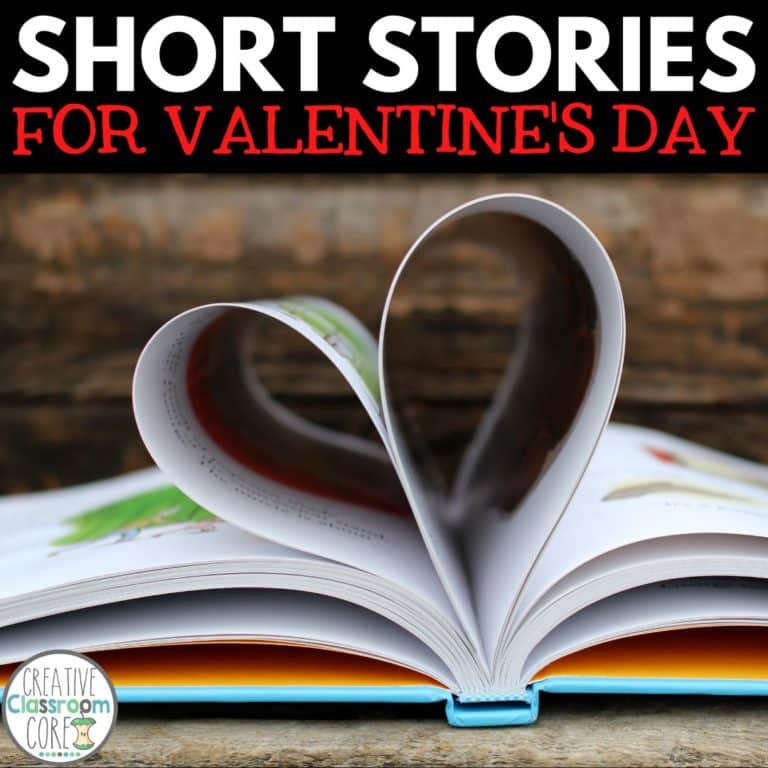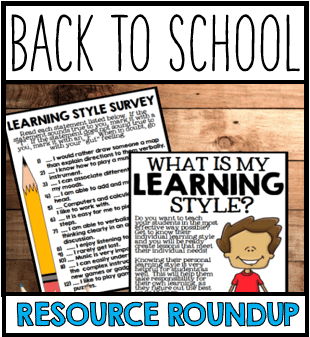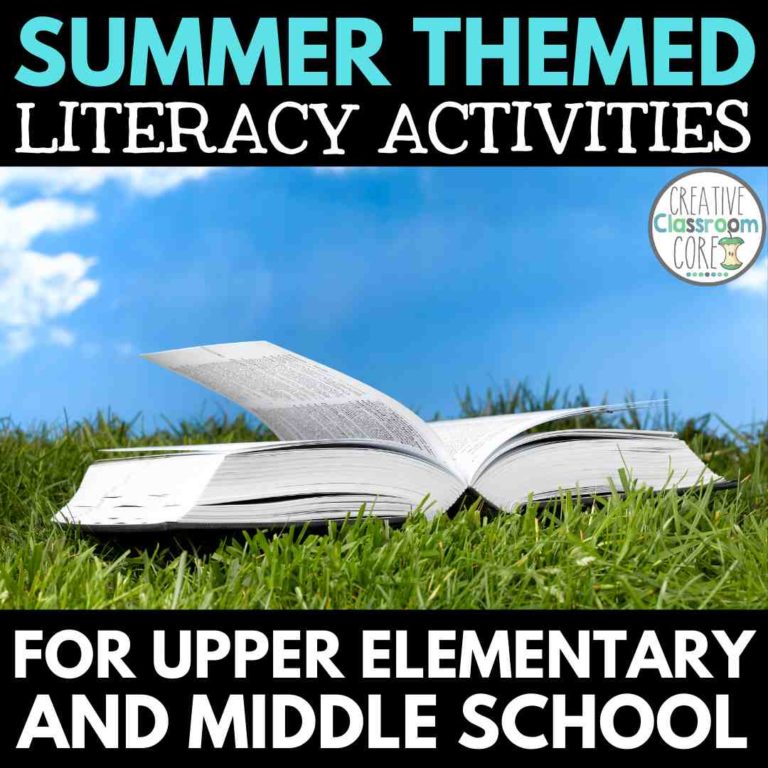Building Reading Comprehension Strategies
By MARISSA DESPINS Updated Nov 18, 2023
Using reading comprehension strategies in upper elementary and middle school
When it comes to ELA instruction, teaching students to apply reading comprehension strategies is crucially important. These strategies are necessary for our students to grow to become self-monitoring and independent readers. Through active modeling and practice, reading comprehension strategies can have a huge learning impact for both our avid and reluctant readers.
What is reading comprehension?
Essentially, reading comprehension is the process of understanding text. Reading is so much more than understanding letter sounds and decoding words. It is a complicated process that asks readers to extract and construct meaning from text. This involves intentional problem solving and thinking processes. Along with this, readers are required to examine underlying social and cultural layers in order to infer what the text is actually saying.
How should I approach teaching reading comprehension strategies?
Reading comprehension strategies need to be taught explicitly. Exposure to multiple strategies helps students to actively understand the text they are reading.
At times, I have my students work on a specific strategy in isolation. For example, we may work on the skill of questioning when reading a piece of non-fiction. This allows us to really focus in on the strategy through modeling and practice.
Other times, I like to choose multiple strategies to work on simultaneously. Repeated exposure to multiple reading strategies helps students learn to apply the strategies to their own independent reading. When faced with a complex text, they are able to open their “reading strategy toolbox” and select the ones that will work best.
What reading comprehension strategies should I teach?
There are a wide variety of different reading strategies that students use to make meaning from text. In this blog post, we are focusing on the strategies of connecting, questioning, inferring, predicting, visualizing, and summarizing.
Making connections
Good readers make connections while they read. Basically, this means that they are able to notice things the text reminds them about things they already know. They can do this by making text to text connections when they compare a text they are reading to something similar they have read. Or, they can make text to self connections by comparing their reading to something similar in their own life. Alternately, they can make text to world connections and compare their reading to things they know about our world. Essentially, good readers use background knowledge to help them understand text.
Inferring
Good readers make inferences while reading. Inferring involves gathering clues from a text. Then, readers combine them with background knowledge to come to a conclusion. Inferring allows readers to “read between the lines”, as texts don’t always provide them with complete information. This reading strategy involves critical thinking on the part of the student, and helps to push learners towards higher levels of comprehension.
For a deeper dive into how to effectively teach and apply the inferring strategy in your classroom, check out our detailed guide on Inferring to Improve Reading Comprehension.
Asking questions
Good readers actively ask questions while reading. Through doing so, they are able to develop important ideas while learning to integrate and summarize information and identify main ideas.
The questioning strategy helps develop critical thinkers who are innately curious. Using the questioning strategy can turn reading from a passive process to an active pursuit as students engage in the exploration of text.
Predicting
Good readers make predictions while reading to try and figure out what will happen next. To do this, readers must connect the things they already know to new information they glean from the text. In order to make successful predictions, readers must continuously evaluate their predictions, and alter them based on new information they gather from the text.
Visualizing
Good readers use visualizing strategies to build mental images of what is described in a text. The ability to make pictures in their heads helps readers to clearly “see” and understand what is going on in a text.
Summarizing
Good readers can explain in their own words what is going on in a text. To do this, students must pull out important information, synthesize it, and put it back together in a way that can be quickly retold.
What are some activities I can do to practice reading comprehension strategies in the classroom?
These Reading Comprehension Strategy Posters are some of my favorite ways to practice these strategies explicitly. I really like that they focus on one strategy at a time, and that they can be used with any text.
I like to have a class set of these posters photocopied and ready to go in my classroom, so I can pull them out to use when the opportunity presents itself. They work great after a class read aloud, as a quick novel study activity, or as something to work on during our independent reading time.
Interested in trying these out with your own learners? You can grab a set from my TPT store by clicking here or on the image below.
Looking for more reading comprehension activities?
Check out some of my previous blog posts on reading below.
Reading Response Journals for Middle School
3 Ways to Cultivate a Love of Reading
Interactive Read Alouds are a great way to incorporate a wide variety of reading comprehension strategies. Discover effective planning tips in our article on Interactive Read-Alouds: Planning Tips. To ensure your students are engaged and accountable during read-aloud sessions, explore our strategies in How to Keep Students Accountable During a Read-Aloud.
Interested in signing up for my email list?
If you are interested in signing up for my email list, you can do so by clicking on the link below. I periodically send out emails with free resources, teaching tips, and exclusive deals. Signing up will also give you immediate access to some of my best selling Interactive Notebook resources – foldable activities, graphic organizers, and other fun activities.
